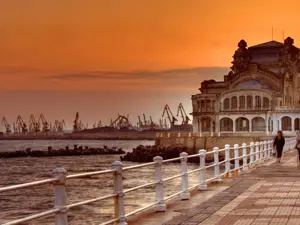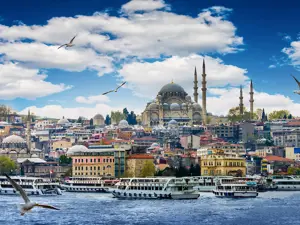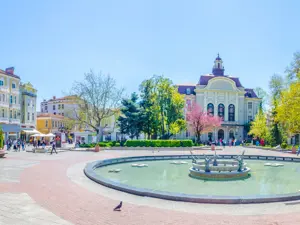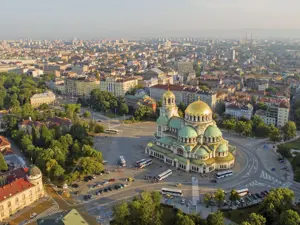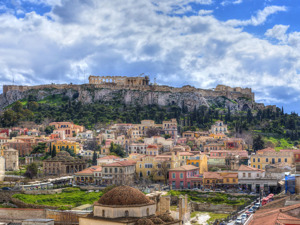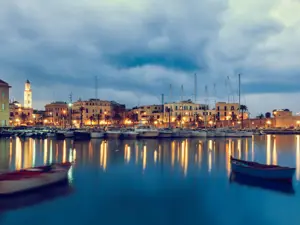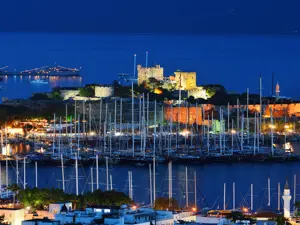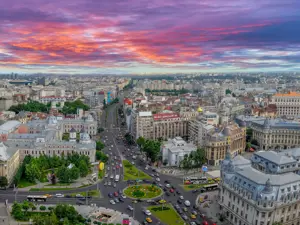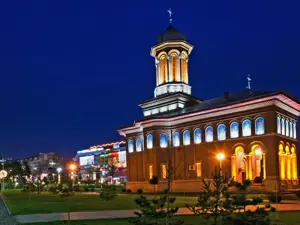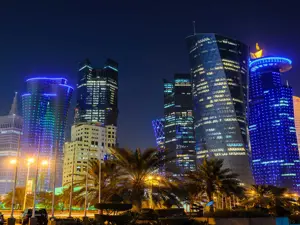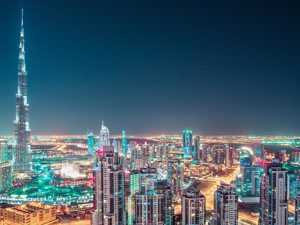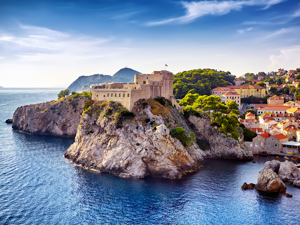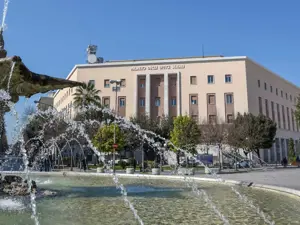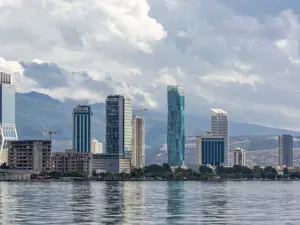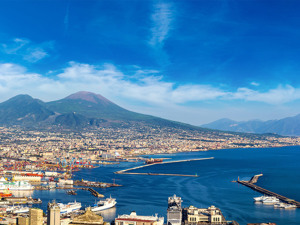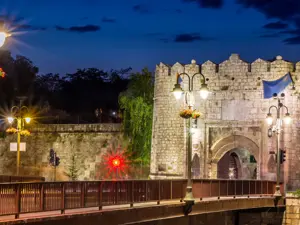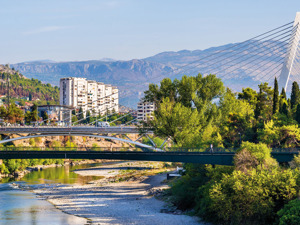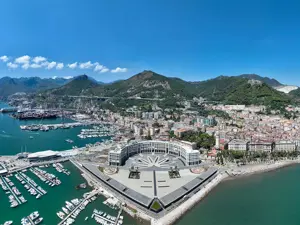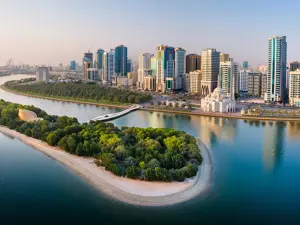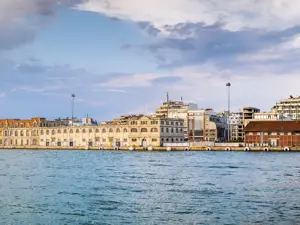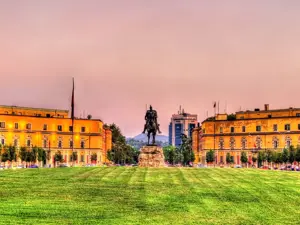Attractive resort on the Black Sea
This Bulgarian city, located in one of the most attractive parts of the Black Sea, with the largest trading port in the country, has been a very popular city since ancient times: its fortunate position, in fact, has not only brought people of all ethnicities together since the Bronze and Iron Ages, as evidenced by the most recent archaeological discoveries, but also attracts many tourists today for an unforgettable holiday.
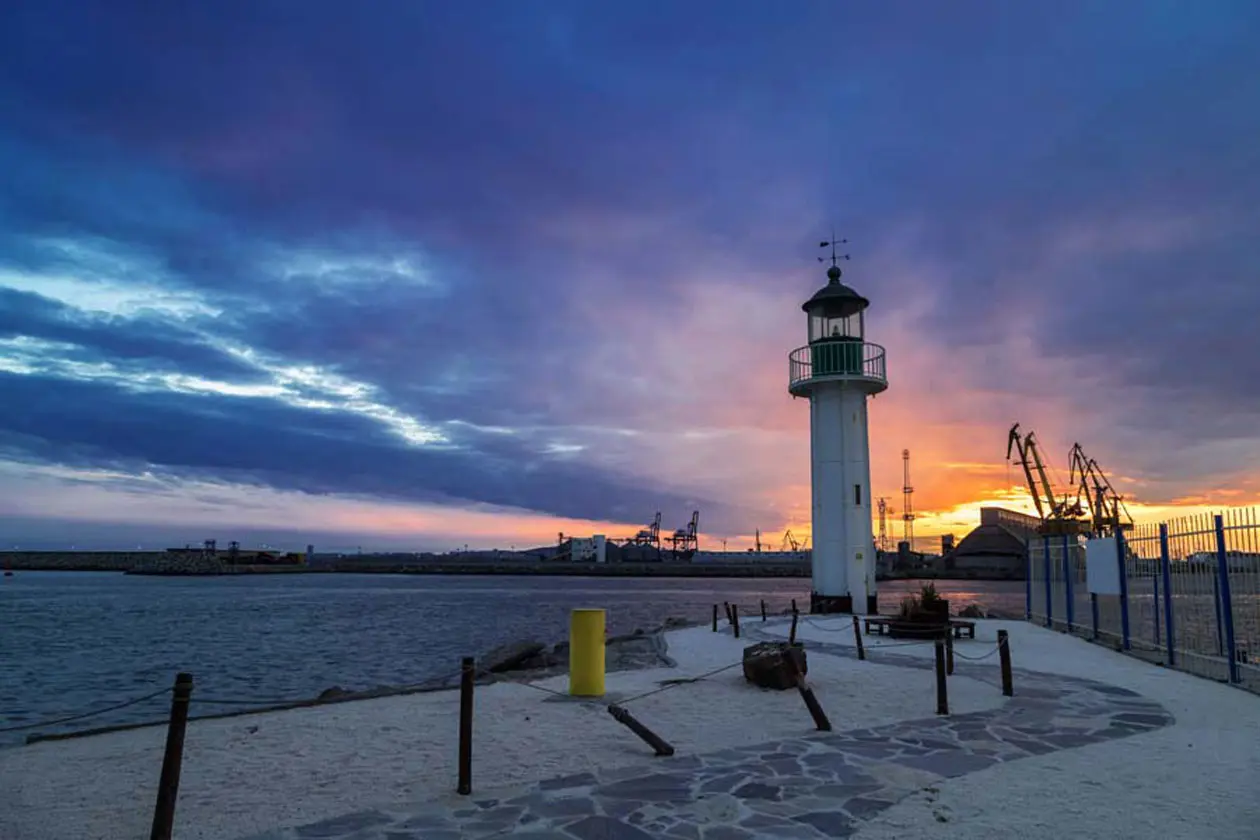
There are many attractions for visitors to this city, which has a mild climate in every season of the year: from water sports to cultural activities. It also offers many museums as well as highly professional spas, including the nearby and well-known Aquae Calidae, whose Latin name is a reminder of the various dominions that ruled in the area: the Thracians, the Greeks, the Latins and the Ottomans, who dominated the country until 1878 and left, however, important cultural remains, particularly in terms of architecture.
The historical culture
To get know its long history, visit the Regional History Museum of Burgas, distributed in various buildings of the city, which includes the Archaeological Museum housing extraordinary precious objects found in the region, the Ethnographic Museum and the Natural History Museum.
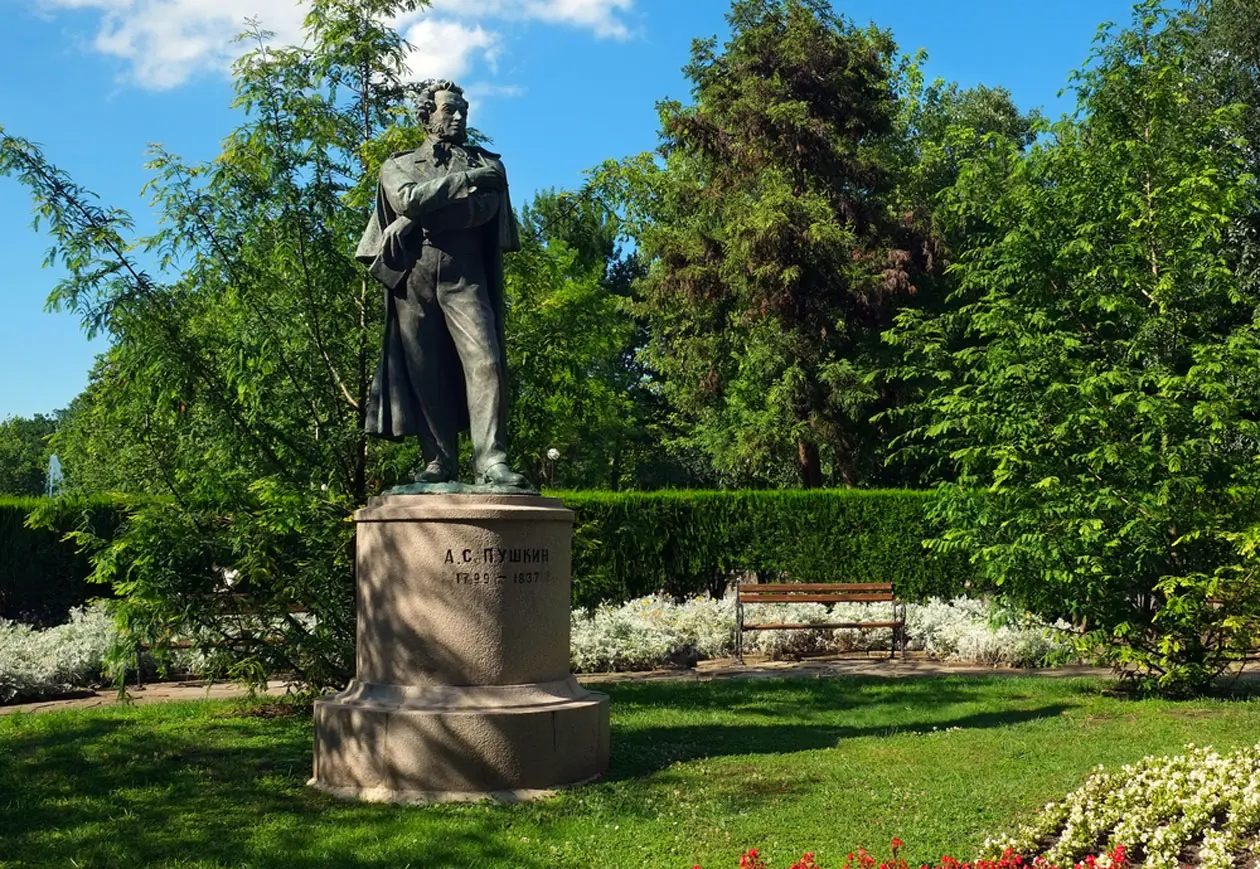
Walks through the city offer continuous surprises: passing under the spectacular miraculous Arch of St. Nicholas, the patron saint of the city, who is celebrated on December 6th, an extraordinary work in stone and metal, is a must, because it is said that crossing through it brings health, new energy and prosperity.
The shopping streets
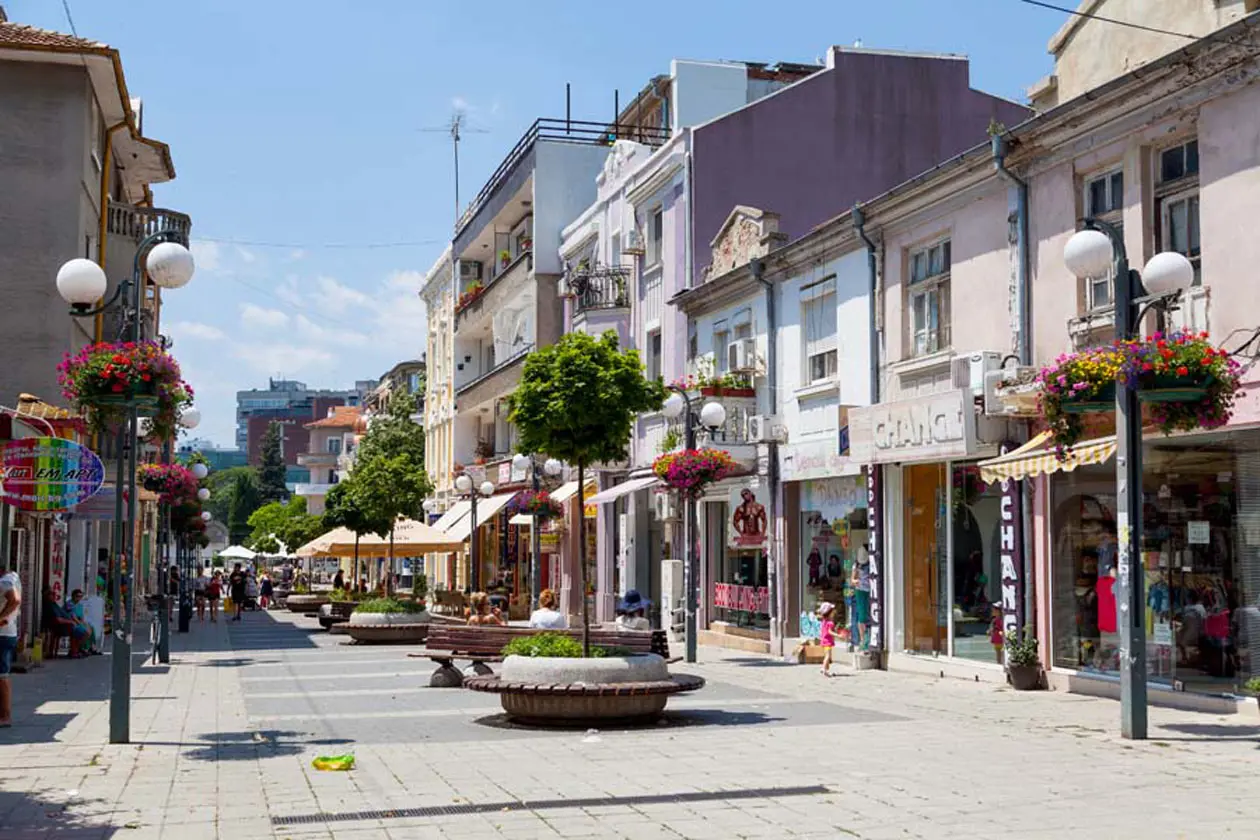
The central streets, including the main street of Alexandrov boulevard, are dotted with shops, cafes and restaurants and filled with street performers and musicians who bring smiles to the faces of young and old alike with their performances. In the same area lies Troykata Square, always in the hearts of the citizens, which has a livelystrada alesandra atmosphere and often holds concerts and cultural and sporting events.
The churches
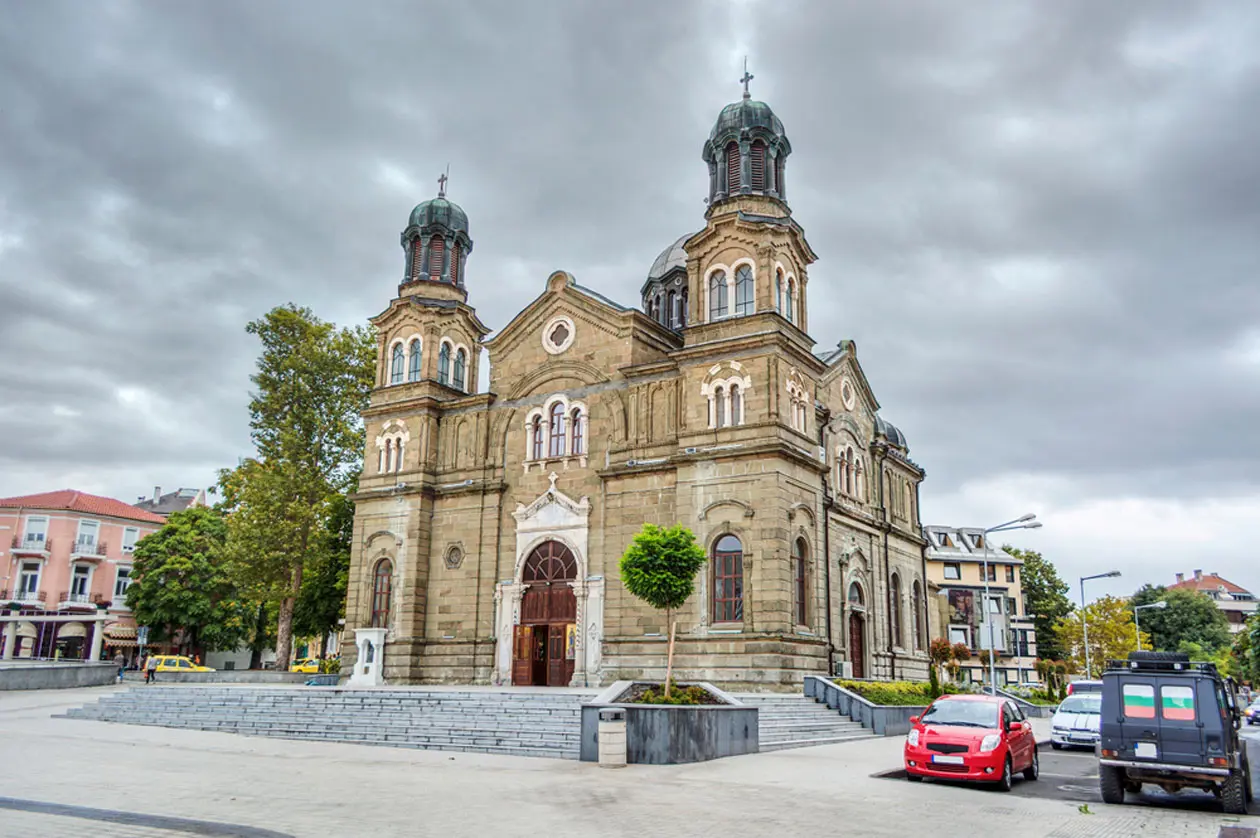
One of the places to visit is to the nearby Church of Saints Cyril and Methodius - the Cathedral - one of the most significant cultural monuments dedicated to these Evangelist brothers and the largest, most beautiful and ancient cathedral of all the Orthodox churches. If you wish to continue on a spiritual path, don’t miss the Monastery of St. Anastasia the healer, which is situated on an island in the middle of the sea and is one of the most visited of all Bulgaria.
The Pier
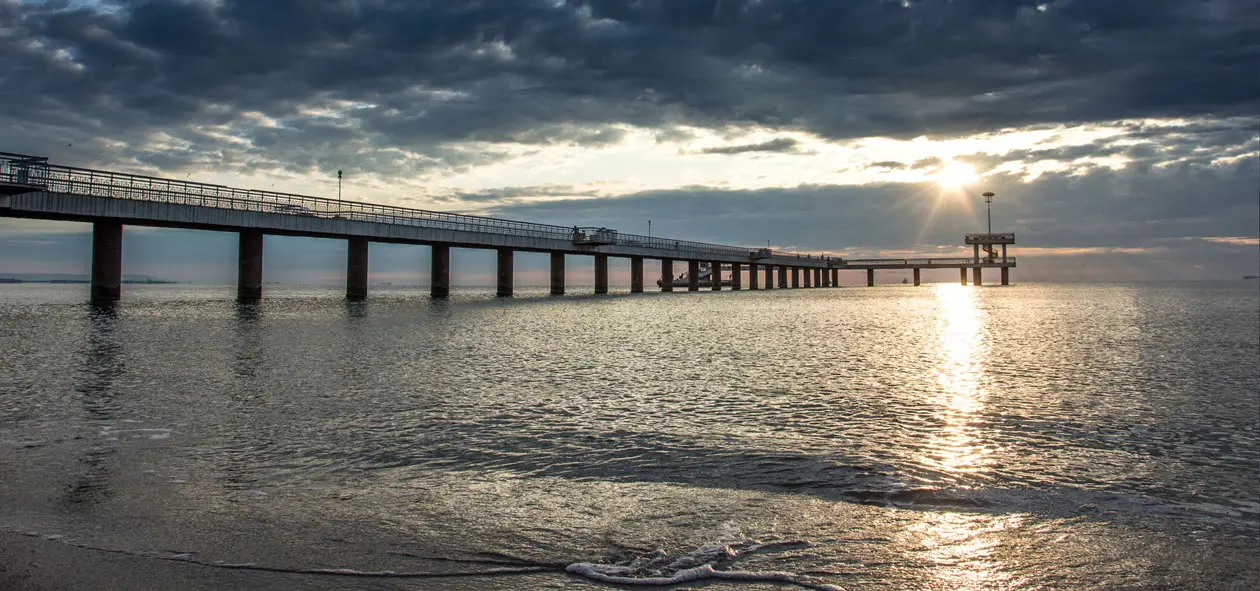
The Pier, a long construction that stretches for 300 metres into the sea, is also a place not to be missed. This pier is another important landmark of the city, so much so that it is said that going to Burgas without seeing the pier is like going in Rome without seeing the Pope.
The lake of Burgas

Burgas is surrounded behind by coastal lakes, the largest of which takes its name from the city itself and is the largest natural lake in Bulgaria, where some rare species of fish can be found.
Events
There is no shortage of shows and events, especially during the summer, many of which take place in the Opera House, in the Adriana Budevska Drama Theatre dedicated to one of the greatest Bulgarian dramatic actresses and founder of the theatre, and in the State Puppet Theatre, a true delight for children and adults alike.
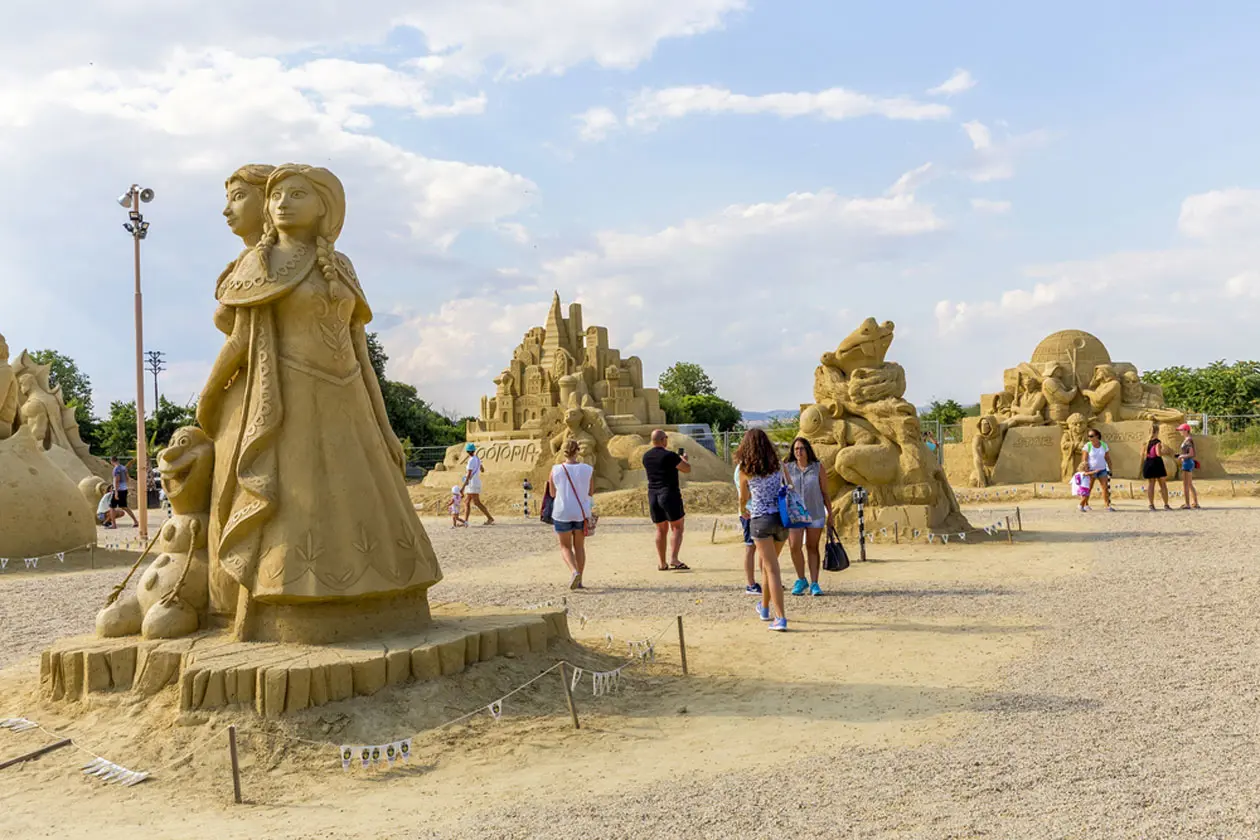
Among the numerous festivals that animate this truly unique city is the sand sculpture festival, which takes place during the summer months of July and August, in the open-air theatre inside the Sea Garden, and is now well known throughout the world. Each year it is centred around a theme and artists participate from all over the world.

The culinary specialties
Burgas has a multi-ethnic character, which is also manifested in its culinary specialties, which have Turkish, Balkan and Greek influences. Some dishes to be tried include Tarator, a cold soup of cucumbers and yogurt - considered one of the most delicious and healthy of Europe -, cabbage rolls, the famous soups made of beans, tomato with cheese or with meatballs, all washed down with a unique resinated wine called Mastika.
Text by: Anna Glik
Avion Tourism Magazine
Photos: Copyright © Sisterscom.com / Shutterstock
Reproduction reserved.
Tourism Board
www.bulgariatravel.org
www.gotoburgas.com
Partnership with Booking.com
Where to sleep in Burgas
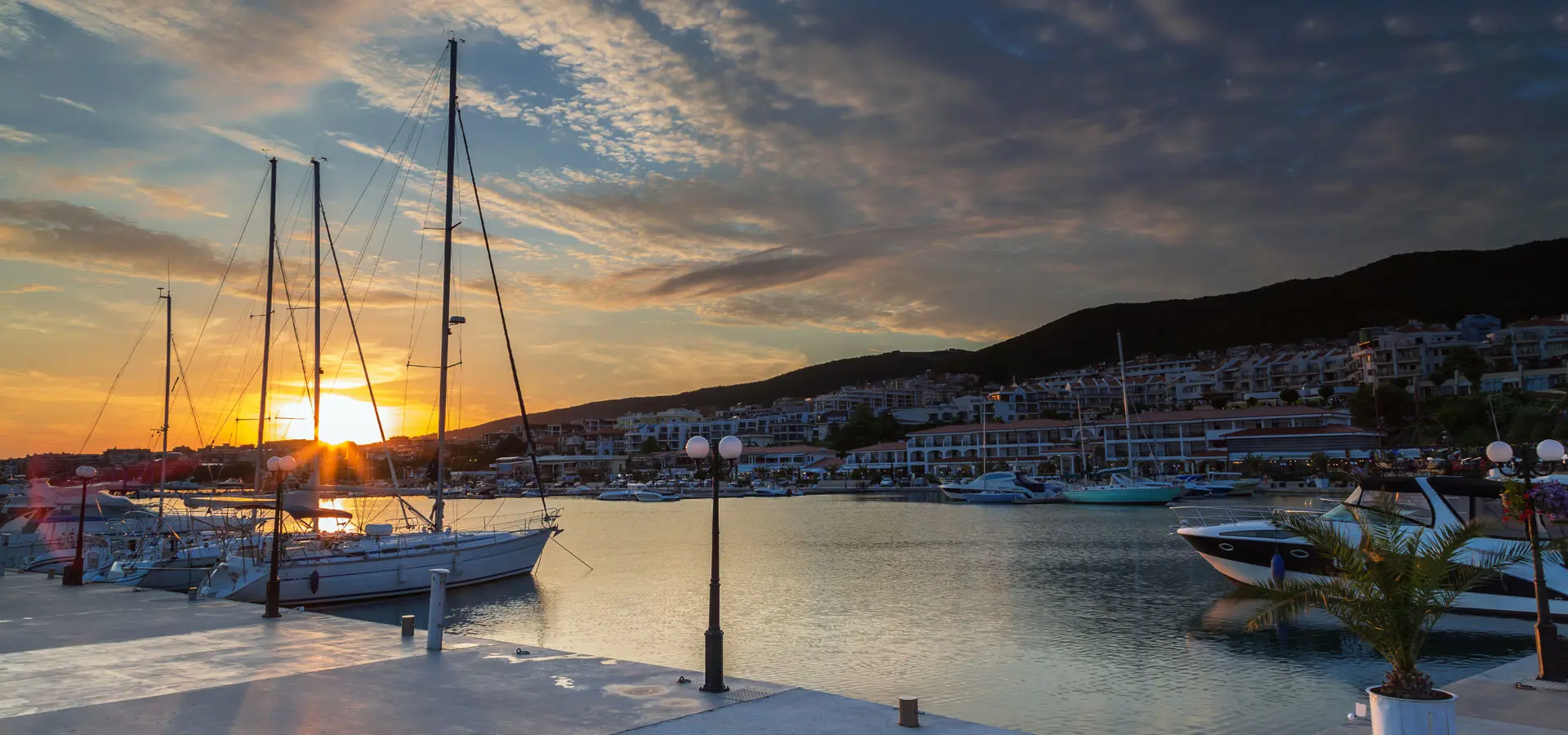
Burgas is a welcoming city and offers different possibilities for accommodation.
To find the ideal hotel and the best offers you can do a search for the stars but also for districts or landmarks.
DISTRICTS
Hotels in the districts
LANDMARKS
Hotels in tourist areas
WHERE TO GO
Monumenti
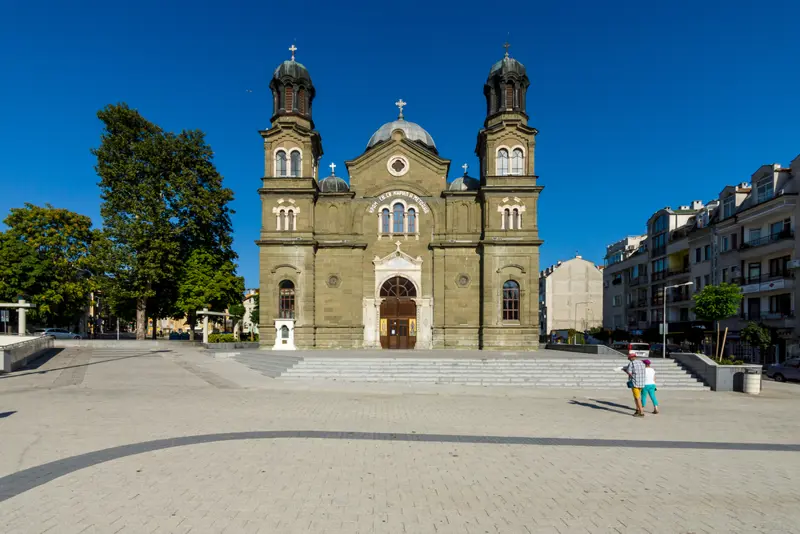
CHURCH OF SAINTS CYRIL AND METHODIUS
The Church of Saints Cyril and Methodius is a landmark of Burgas and one of the most visited destinations in the city, which is dedicated to two Evangelist brothers who preached the Gospel among the Slavic peoples. The church, which features a Byzantine style, has a rich interior and three naves, and is where the bones of St. John the Baptist are preserved. It has remarkable stained-glass windows with the portraits of the two Saints at the entrance.
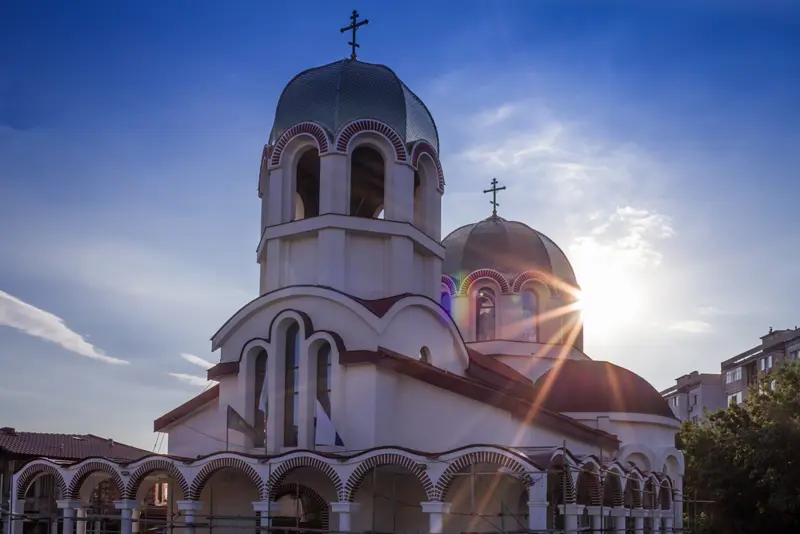
CHURCH OF ST. NIKOLAY MIRACLEWORKER
The Church of St. Nikolay Miracleworker is situated in Meden Rudnik, the largest district of Burgas. The church will become part of a large complex with a school, canteen and other public buildings. In the summer of 2013, a large 2 metre high crucifix was positioned above the dome. The church is dedicated to St. Nikolay the Miracleworker, patron saint of Burgas, and defender and protector of sailors and fishermen.
CHURCH OF THE BLESSED VIRGIN MARY
The Church of the Blessed Virgin Mary, built between 1840-1860, is the oldest in Burgas and is located in the centre of the city in Lermontov Street, near the Armenian church. The building features three naves with 12 marble columns, The church’s two towers were built with three belfries in 1927-1928. After World War II, the church was declared a cultural monument. It has particularly ornate interiors with ancient icons and frescoes painted by monks in the Holy Mountain of Athos.
ARCH OF ST. NICHOLAS (NIKOLAY)
The Arch of St. Nikolay the Miracleworker is located in the centre of Burgas and was designed by the artist Ivan Bahchevanov. It is a construction of metal and stone and is a triumphal arch with a bas-relief showing the iconographic image of Saint Nikolay Mirlikiyski, patron saint of Burgas. The bas-relief is an artistic reconstruction of an original icon which is preserved in Bari Cathedral in Italy. According to tradition, passing under the arch brings health and prosperity.
Museums
REGIONAL HISTORICAL MUSEUM
The Burgas Regional Historical Museum, housed in a building dating back to 1901, is certainly worth visiting because, through its various sections, it offers an interesting overview of the history, life and customs of the local people. It houses original Bulgarian icons of the Tryavna school, old printed books, fine European applied art works from the 18th to the 19th centuries, glass sculptures, porcelain and bronze from the Classical and late Baroque periods.
ARCHAEOLOGICAL MUSEUM
The Archaeological Museum of Burgas displays interesting find from ancient Thrace, from the Greek colonies along the Black Sea coast and from the Roman Empire. Among the finds from the Roman and Hellenistic periods are rare pieces of mosaic and splendid jewels. The museum is part of the Burgas Regional Historical Museum.
ETHNOGRAPHIC MUSEUM
The Ethnographic Museum, situated near the Cathedral of the Saints Cyril and Methodius, displays traditional costumes of Burgas and displays covering the ancient rituals of the city, typical of the local folklore celebrations of songs and music.
PETYA DUBAROVA HOUSE-MUSEUM
The Petya Dubarova House-Museum is dedicated to the young poetess of Burgas, who died at the age of only 17, but who had an incredible talent and has remained forever in the hearts of her fellow citizens. Here you can visit the house where she lived, her bedroom with photos, poems and novellas she wrote and all the objects that belonged to her in her short life. It is said that in order to understand the real poetic spirit of Burgas, this place is well worth visiting. Today, among other things, the Museum plays an important cultural role, welcoming and guiding young talents of every artistic form from all over the world
Excursions
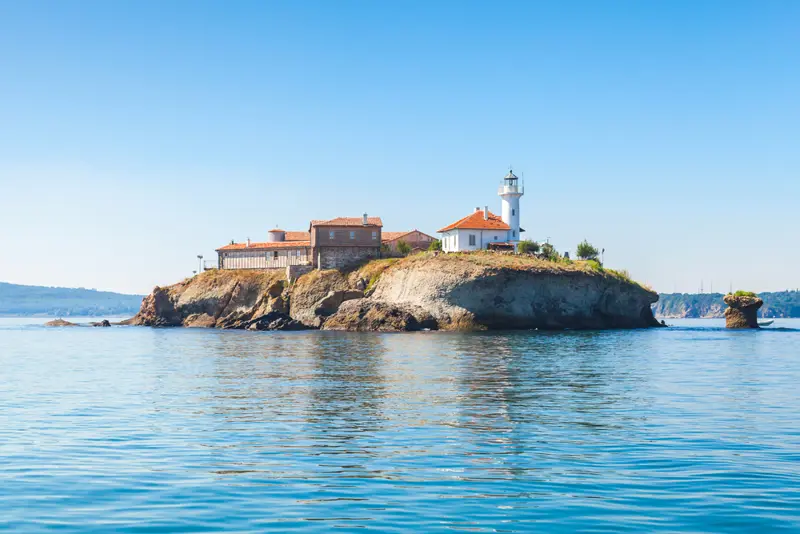
ST. ANASTASIA ISLAND
On the island of Santa Anastasia lies the 15th century Monastery named after St. Anastasia, who the inhabitants of Burgas and pilgrims consider a healer. At the end of the nineteenth century the monastery was given a 40 metre high lighthouse, which is still in operation and visible from several miles. This striking place offers local cuisine, a small museum and a guest house for no more than 5 people.

BURGAS SALT LAKES
These salt lakes, only 3 kilometres of the city centre, are one of the most famous places in Burgas for their unique features. They are like an open-air wellness centre where you can enjoy salty mud bath, improve your health and ease your aches and pains.
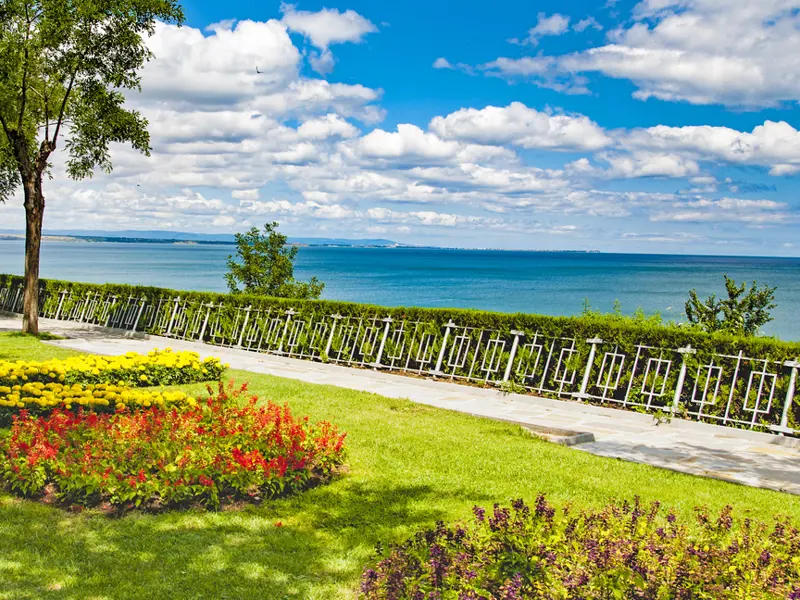
SEA GARDEN
The Sea Garden is found close to the sea and is the largest and best-equipped park of the area. A relaxing, green place, it is ideal for strolling, cycling and roller-skating, affords a beautiful view of the sea and offers plenty of play areas for kids, as well as many cafes and restaurants. The many fountains and sculptures in the park reveal the history of the city and country.
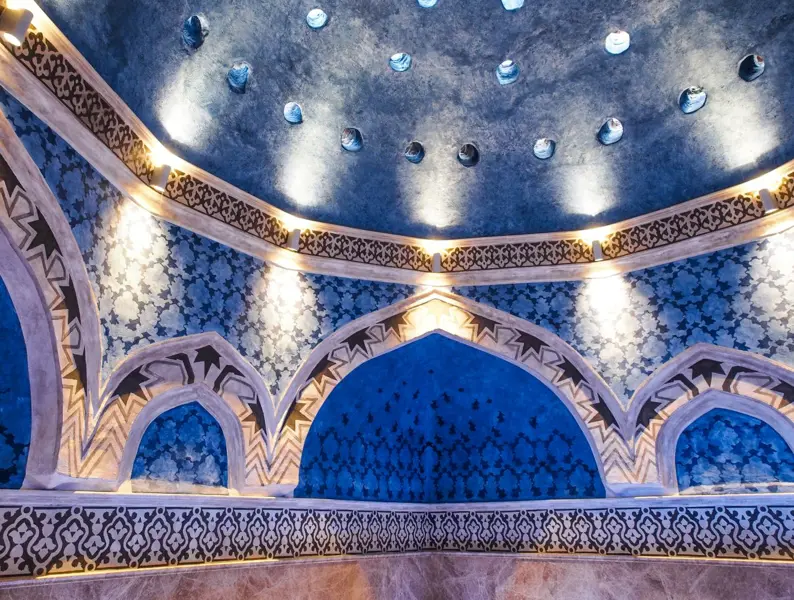
AQUAE CALIDAE
Aquae Calidae is a place of thermal baths, which due to the beneficial properties of the waters contributed to development of the area. About 15 km from Burgas, its waters have been known and utilised since the times of the Emperor Constantine, but it was the Sultan Suleiman the Magnificent who erected the baths in the 16th century. A place to visit, with valuable marble and oriental ceramics, but above all to enjoyed for the water’s healing properties. The archaeological finds found in Aquae Calidae are: the fortress walls of the ancient city of Terme (Thermopolis), the Roman baths of the 1st century AD with a hot and cold pool and various medieval rooms.
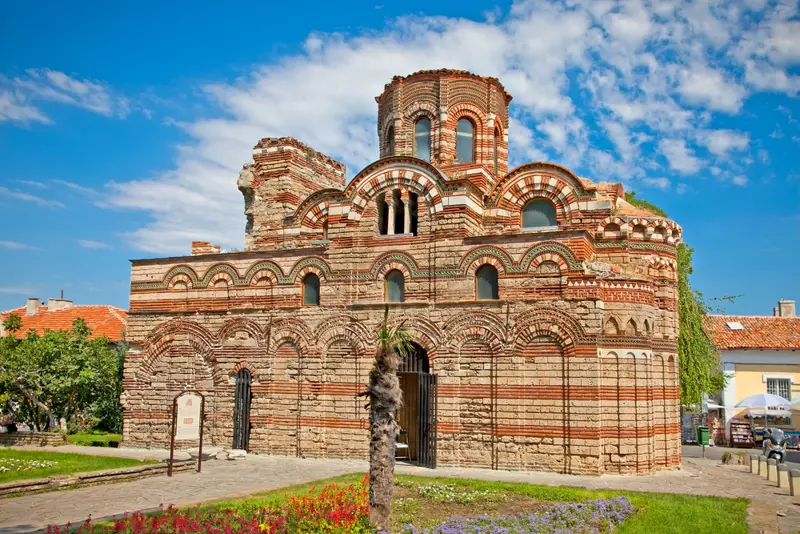
CHURCH OF CHRIST PANTOCRATOR
The Church of Christ Pantocrator in Nessebar is one of the town’s best preserved medieval places of worship and is found in the old town centre.
It was built between the thirteenth and fourteenth centuries and has a rectangular plan. In 1946 it was recognised as an architectural and cultural monument of national importance.
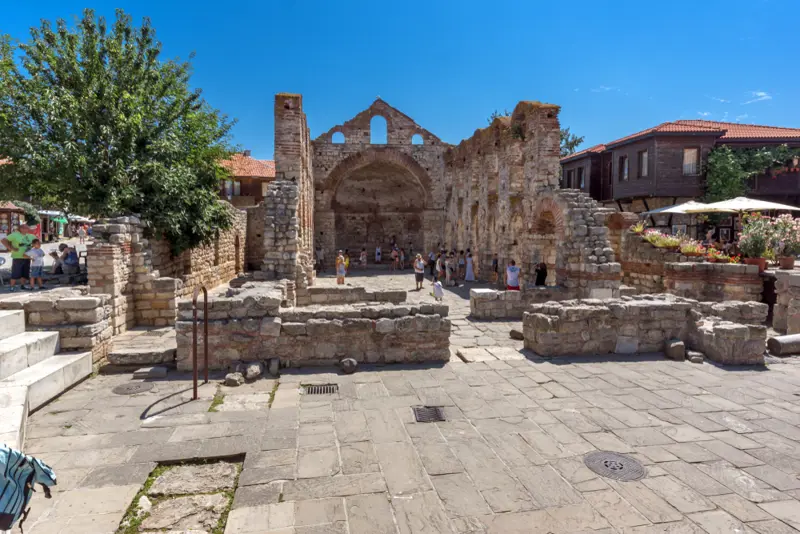
ANCIENT CHURCH OF SAINT SOPHIA
The principal church of old Nessebar was called the Church of Saint Sophia. It had frescoes walls and a multi-coloured mosaic floor. The church, which dates back to the early Byzantine period, was built between the end of the fifth century and beginning of the sixth century, although the current shape dates back to the beginning of the ninth century. It was declared an architectural and cultural monument of national importance in 1964.
Partnership with GetYourGuide
Nessebar
Nessebar is an ancient town in Bulgaria, which is situated on the Black Sea coast in Burgas Province. In 1983 UNESCO included Nessebar in its list of World Heritage sites because of its numerous architectural wonders. The town is about 36 km from Burgas. Discover Nessabar and the old town with a Tour with audio guide or with a guided walking Tour.
All tours and excursions
You might be interested in
Destinations found in the vicinity
Other destinations
Airports nearby Burgas


